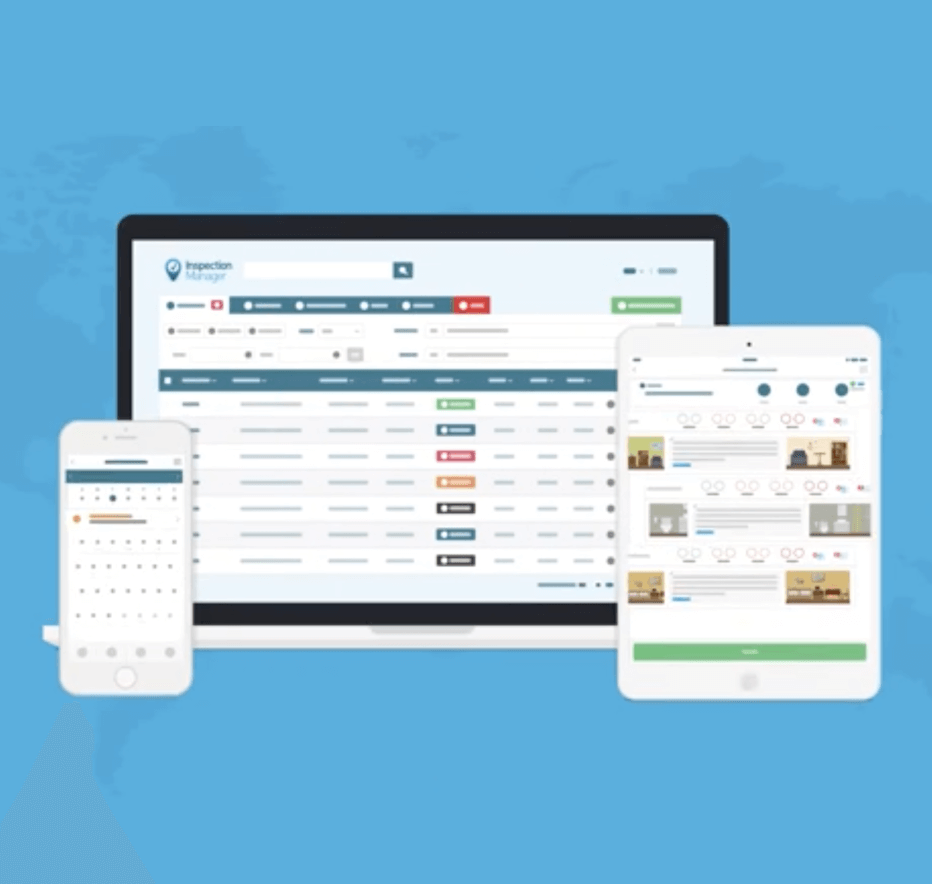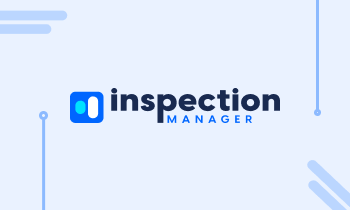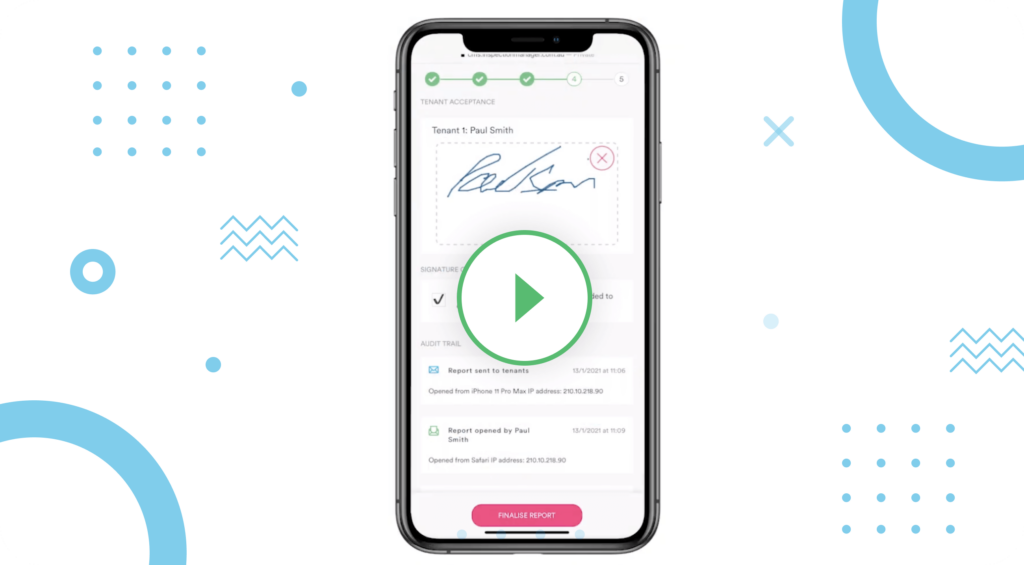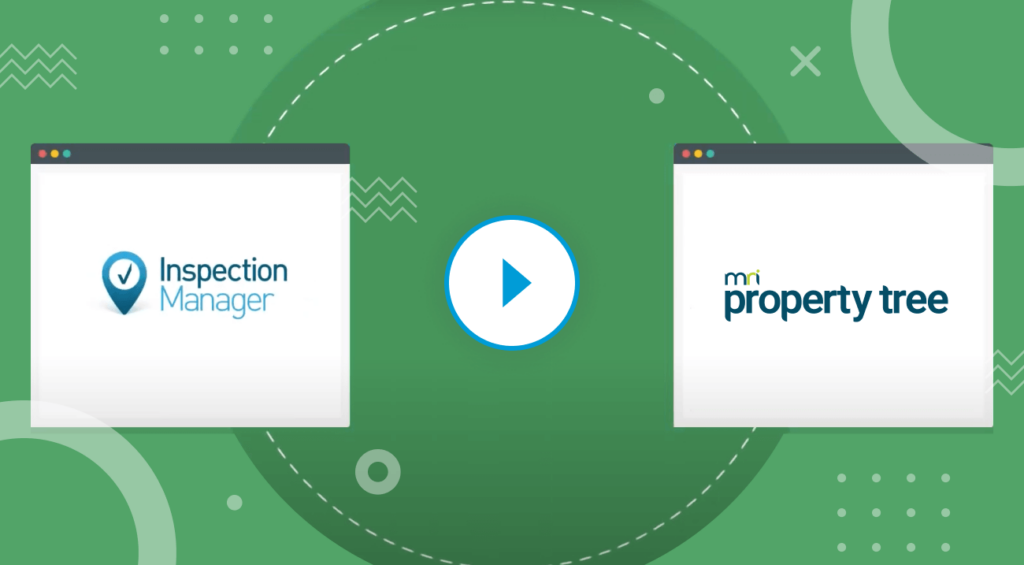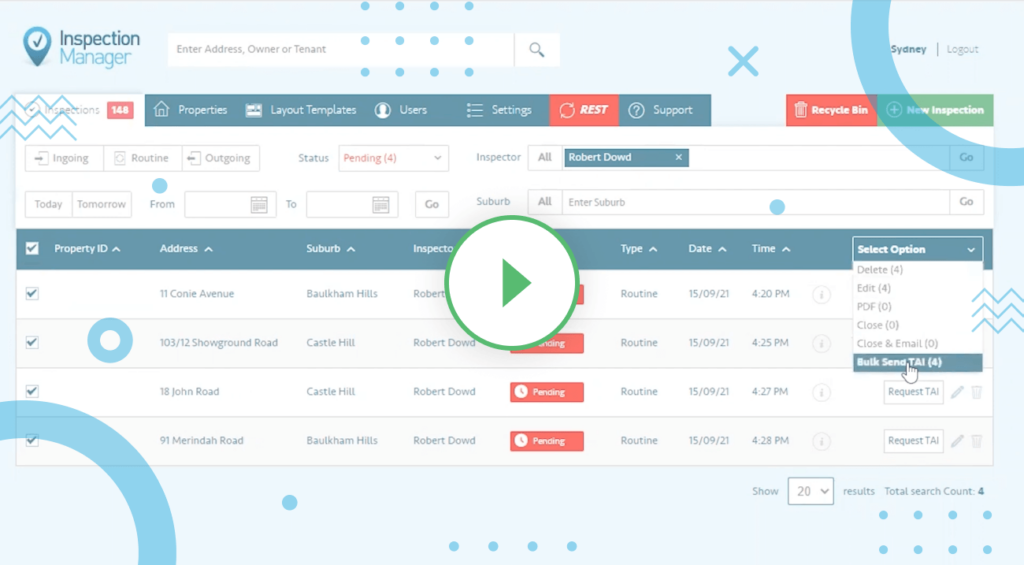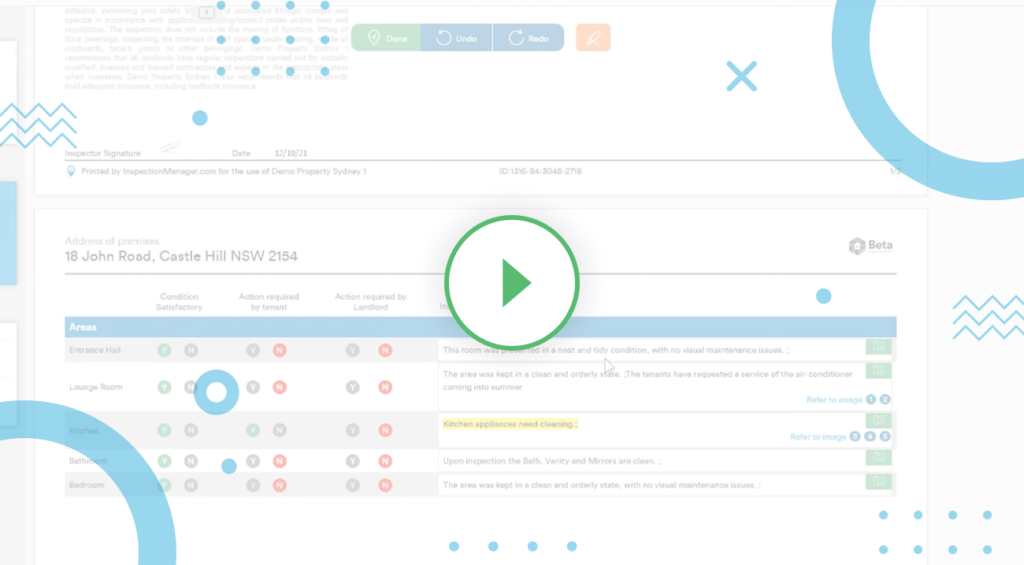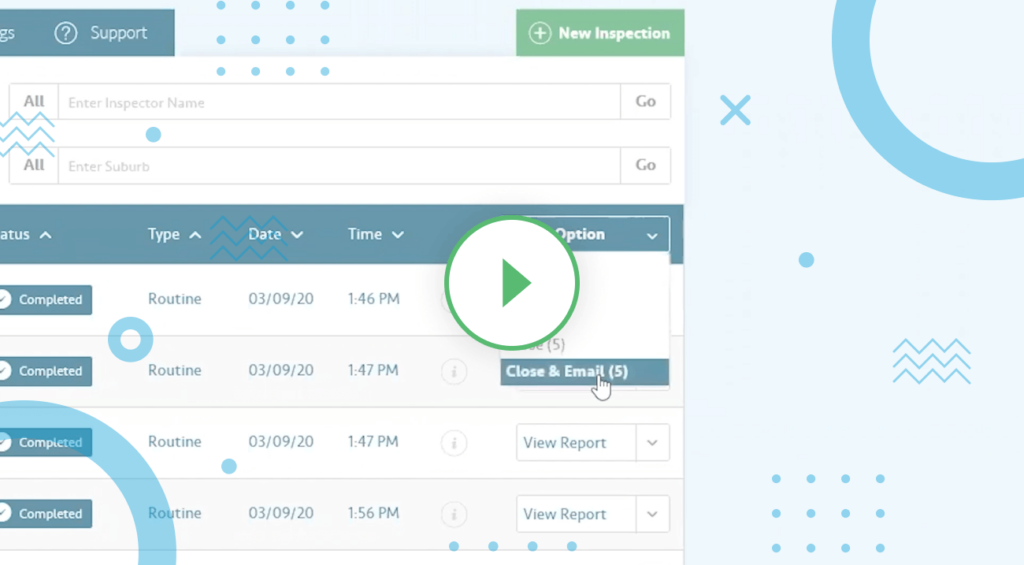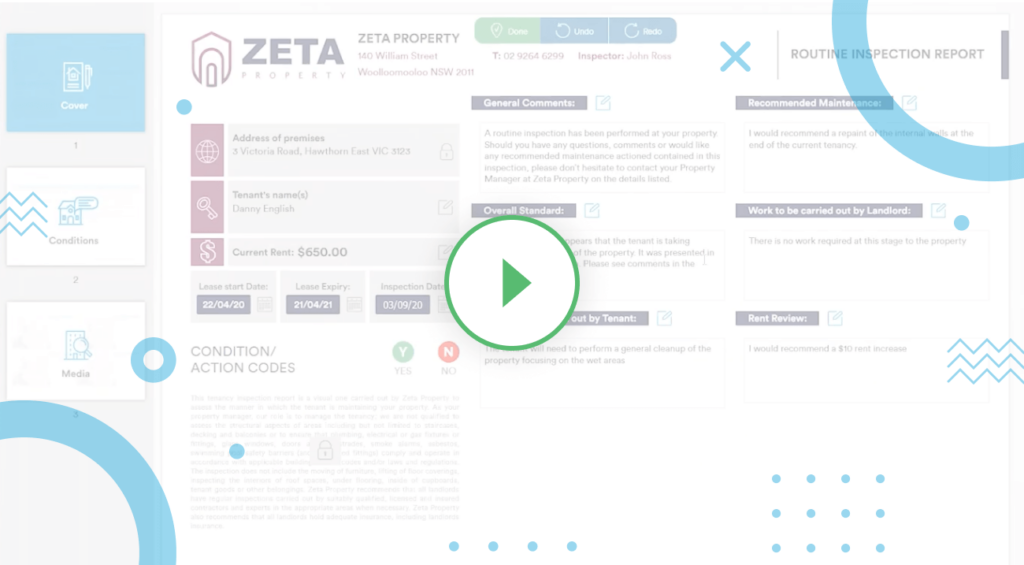Routine inspections allow you to identify and address any maintenance or repair issues. This gives landlords peace of mind, knowing their valued rental properties are being maintained and carefully managed. The details recorded at routine inspections are also used as evidence in disputes between landlords and tenants. Therefore, in order to serve their purpose, routine inspections should to be done thoroughly and competently. At the same time, routine inspections don’t have to be a difficult process. When it comes to mastering routine inspections, there are a few key aspects and habits that make all the difference:
1. Avoid doing too many inspections in one day
As a property manager, you know that routine inspections take up a lot of energy. It’s difficult to maintain the same level of focus and attention to detail at an inspection if you‘re already feeling exhausted from previous routine inspections that day. It’s important to set realistic goals based on your energy limits. The number of inspections conducted in one day will vary between property managers, depending on what works for them personally. If you tend to burn out quickly, it’s wise to do fewer inspections in one day.
2. Reconfirm the inspection beforehand
Despite sending out an official notice weeks in advance, tenants may not always remember the time and date of the inspections. It’s a good idea to send tenants a text or set up an email reminder to inform them about the inspection a day or two beforehand. You can set up an email template for this reminder to your tenant using Inspection Manager, making it completely personalised and branded with your office details. You can also resend them the checklist so they can prepare and the process will run more smoothly.
3. Inspect all areas – inside and outside
Complacency is an easy trap to fall into when you have so many things on your to-do list. It can be tempting to get the routine inspection done as quickly as possible and not access all areas of the property. However, this can lead to critical issues, such as hidden damages, unauthorised pets and illegal subletting, which can be overlooked in some cases. Once this habit is formed, it’s very difficult to break. Standards will continue to be lowered until it results in dire consequences for all parties involved.
Make sure you are checking all areas both inside and outside the rental property. This includes less obvious places such as the eaves, facias, exterior window sills, guttering/drop pipes, fly screens and ridge capping. It helps to use the ingoing inspection report for comparison, in order to get a clear idea of the property’s condition and how well it has been maintained. Using Inspection Manager’s Last Inspection Data feature, you can view photos from your previous inspections while you are on-site at your current routine inspection. This gives you a good reference so you can accurately report on conditions and problem areas.
Sometimes the tenant will not want you to access certain areas, in these cases you’ll may have to schedule another time to come back and inspect the area. Be aware that tenants can also refuse access because they are hiding things. An effective way to avoid this is to include a special condition in the lease agreement stating that “tenants must allow all areas of the property to be accessed during an inspection”.
4. Be aware of the rental property’s special conditions
Before you start inspecting a rental property, you should be familiar with the special conditions specific to that property. These could be a “no pets policy” or “garage is not for tenant use” or some other rule that tenants of the rental property should be following. If property managers are not mindful of these special conditions during the inspection, they will overlook situations in which tenants are violating these conditions. This typically happens to relieving or replacement property managers so it’s important to inform them of the special conditions before you hand over the routine inspection.
5. Use Tenant Assisted Inspections as part of your routine inspection process
Do you manage a rental property that is far away and may take a whole day to travel and complete just one routine inspection? Instead of inspecting the property in-person, property managers can use Tenant Assisted Inspections (TAI) and request for the tenant to complete the routine inspection for them. With TAI, you can show landlords that their rental property is being well taken care.
Property managers can use TAI to supplement their in-person routine inspections and add flexibility to the way they work. We understand that property managers are often “time-poor”. You can use TAI to monitor the condition of properties in between in-person routine inspections. For example, if you want to check up on the progress of a repair job, you can ask tenants to send photos via TAI. The information is stored in Inspection Manager for easy access. You can also send it to landlords within a well-formatted report.
6. Address tenant’s damages or issues
When you notice damage or other issues caused by tenants during your routine inspection, don’t hesitate to address the issue with the tenants. Ignoring the issue or delaying your response can lead the tenants to thinking they are not responsible for it. And this will likely lead to an escalation in tribunal or court later on. Consider this – if the tenant absconded tomorrow, what will they leave for you to clean up?
When a tenant vacates, their bond may already be used up by overdue rent, so there won’t be any bond left to use. That is why waiting to deal with issues towards the end of the tenancy is never a good idea.
7. Follow up on reported repairs
Have you had the “deja vu” experience of inspecting a rental property to find that an issue you reported 3 months ago still hasn’t been resolved? When you email the landlord to report an issue, it’s likely that the email will get lost among the countless other ones they receive each day. To make sure the landlord doesn’t overlook your email, call them several days after the inspection to follow up on the issue and discuss what should be done.
8. Check your devices are charged before inspections
Imagine running out of battery on your device halfway through an inspection. You don’t want waste time going to the property twice just to complete one inspection. A good property manager is always prepared – check that your phone, tablet, camera and other important devices have enough charge before you leave to do the inspection.
9. Make sure your keys are up to date
This is another easily avoidable mistake – you don’t want to waste time travelling to the property to find you’re using the wrong keys. When the tenant is not home during the inspection, always check that you have the correct set of keys beforehand.
10. Thank the tenant and give them feedback after inspections
Most tenants put effort into cleaning and preparing the house before an inspection. As a good property manager, you should be building a positive relationship with tenants by thanking them and providing feedback afterwards. If the tenant wasn’t home during the inspection, you can send them an email to show your appreciation and inform them about the outcome of the inspection. You can set this up automatically with Inspection Manager’s Tenant eCard feature. This allows you to auto-send an email and notify you tenant when a routine inspection is complete. By doing this you can avoid any tension or resentment from tenants that develop due to a lack of communication.
We hope these above key aspects and tips will help make routine inspections easier for you.

